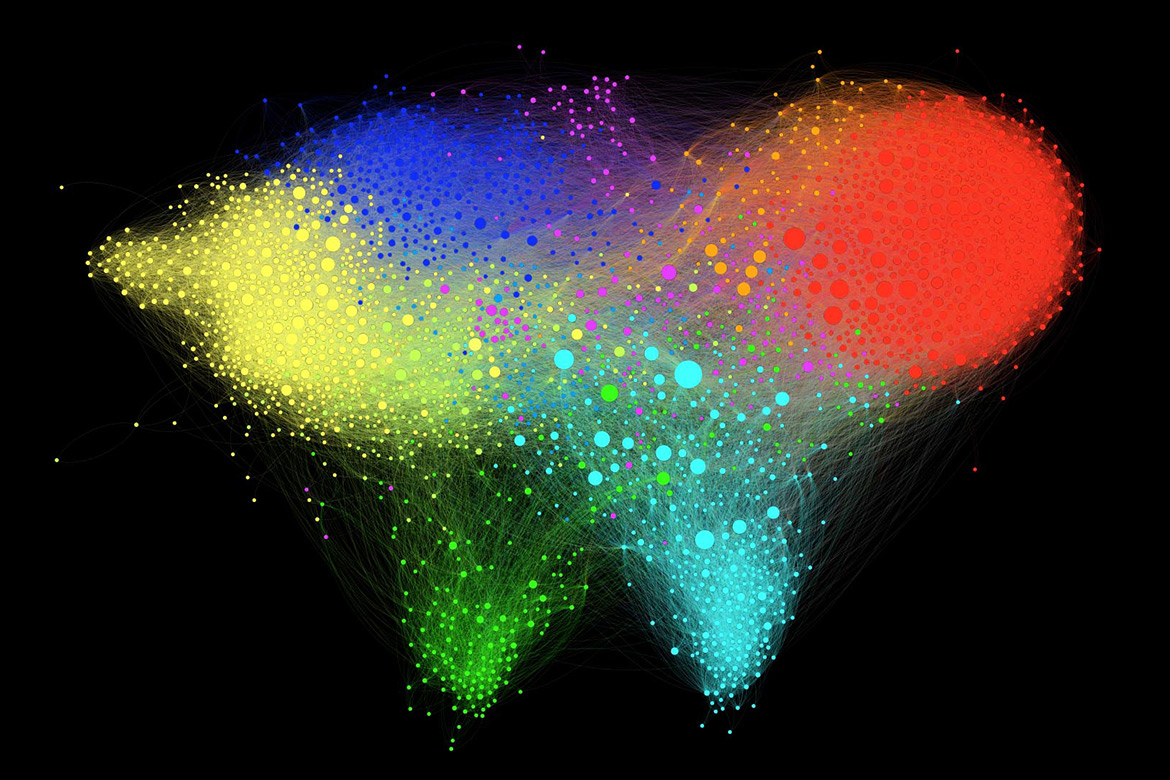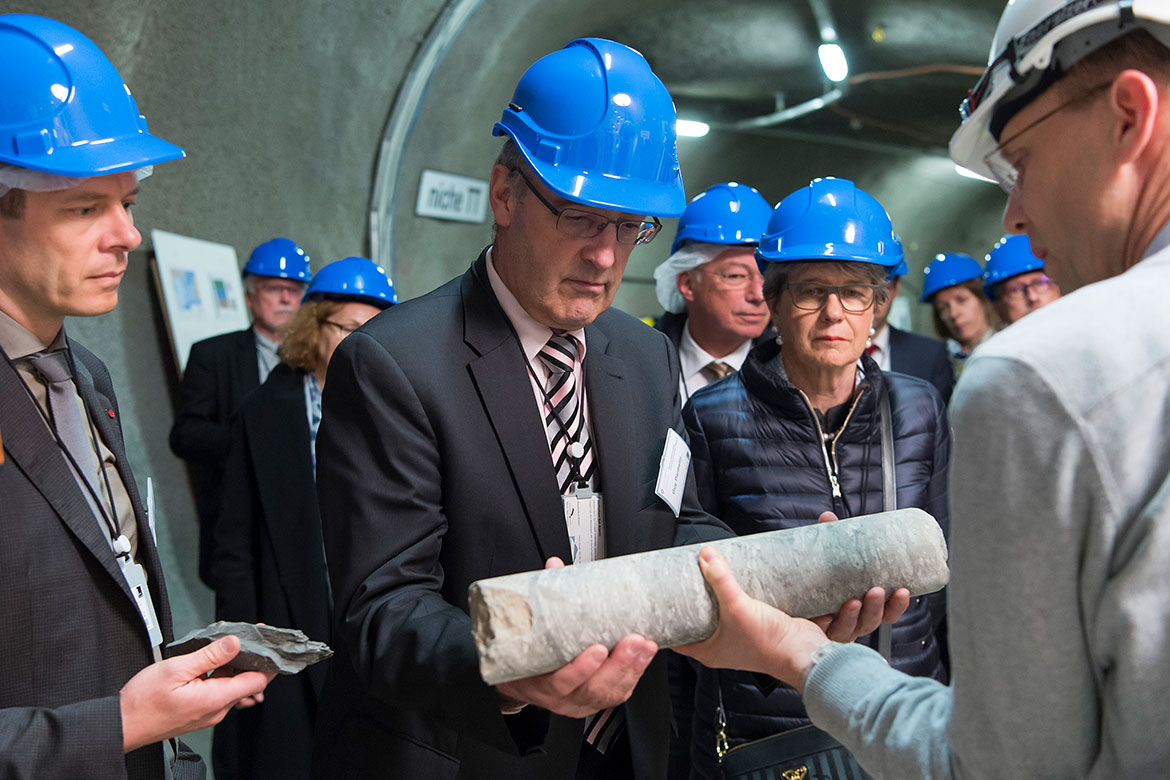Science communication
Researchers on the tweet
Researchers exchange information on Twitter and use it to let the public know about their analyses and conclusions. But the platform has its pitfalls too.
For many researchers, Twitter is part of their everyday working life. With its maximum of 280 characters per tweet, it has been used by scientists to achieve a new level of attention since the beginning of the current pandemic. By offering pithy explanations, experts have been able to let the general public learn directly about their study results. These researchers include the epidemiologist Christian Althaus of the University of Bern, a former member of the Swiss Federal Covid-19 Taskforce. “At the start, our aim was to communicate within the scientific community”, he says. No one wanted to wait for a pre-print of a study to appear, so they shared and discussed their results directly on Twitter. “In February and March 2020, our activities began to be noticed more and more by the public”.
A tweet becomes a whole page in a newspaper
Althaus has over 19,000 followers on Twitter. He also began to intervene in the debate about the measures initiated to counter the pandemic. He regards it as his task to communicate facts and to correct erroneous information. And because he didn’t mince his words, the tabloid press began taking up his tweets and blowing them up to fill a whole page of a newspaper – such as the tweet in which he spoke of a “complete failure on the part of politicians in Switzerland”. Today, Althaus is more cautious: “I now think a bit longer about the words I choose”, he says.
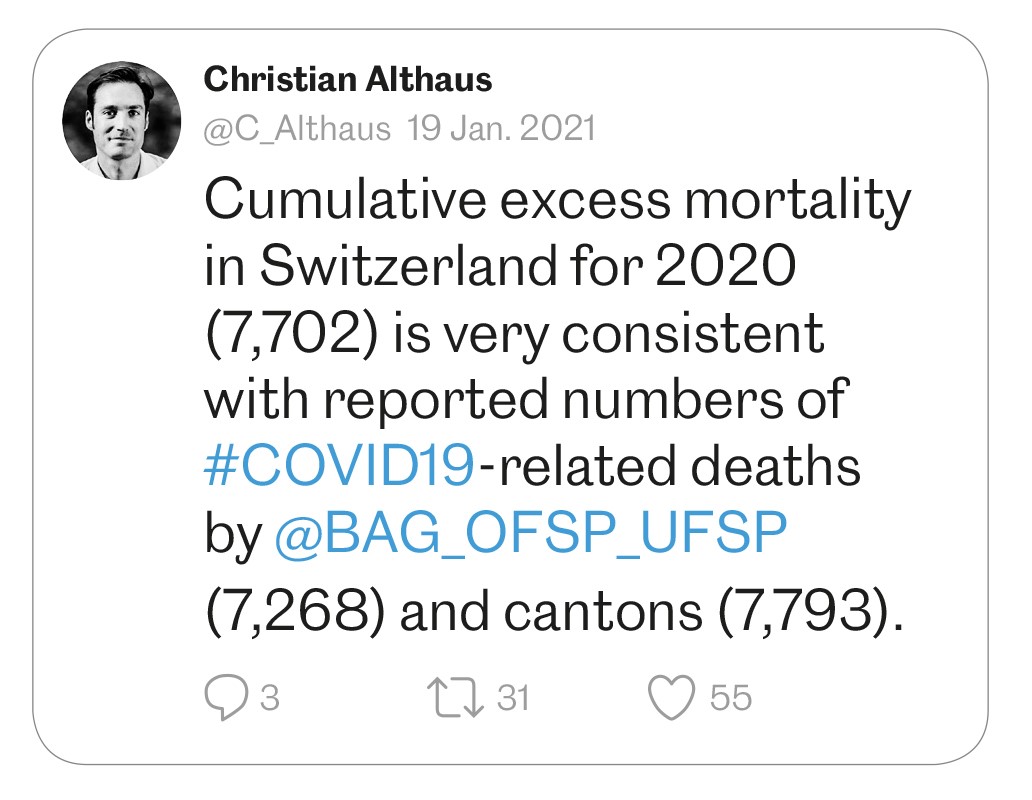
But not all researchers take an active part in the Twitter debates. Many of them use their own timeline passively in order to keep an overview of all the publications, preprints and working papers that have been flooding their shores. And they appreciate the opportunity it gives them to keep in contact with their colleagues – such as the plant biologist Etienne Bucher, who works at Agroscope in Nyon and who has been active on this platform since 2010. “Back then, I was a postdoc in Geneva, and Twitter meant I was able to discuss things with the hot shots in my field”. For example, he got into a Twitter discussion with a renowned researcher, and when they met not long after at a conference, their Twitter experiences immediately gave them things to talk about.
A lot of noise, but few listeners
Besides networking, Bucher also uses Twitter for purposes of science communication. He offers the example of a recently published study about identifying plants that have been altered using the gene-editing procedure CRISPR-Cas9 – which is an important topic in the current debate about new plant-breeding techniques. Bucher subjected the results of this study to a more intensive analysis and found that they could lead to an incorrect conclusion. He described his own analysis in a thread of several tweets. Soon afterwards, he was contacted by people wanting to know more, including representatives of the EU. “Without Twitter, I wouldn’t have published my analysis – it would have cost me too much time”, says Bucher.

The climate researcher Sonia Seneviratne of ETH Zurich has more than 5,000 Twitter followers, and she has had different experiences with Twitter threads. She wrote a series of tweets about how much climate change the planet will still be able to sustain. “It was shared by almost 1,000 people”, she says. But she also has her reservations: “It takes a lot of time to make a good thread on Twitter”. Composing such a series of tweets is a laborious process – but all the same, they disappear soon afterwards from people’s timelines. “I do wonder whether it would have been better for me to make a more permanent entry on a blog”. What’s more, she isn’t certain whether or not educational tweets like these actually reach many people outside the science community.
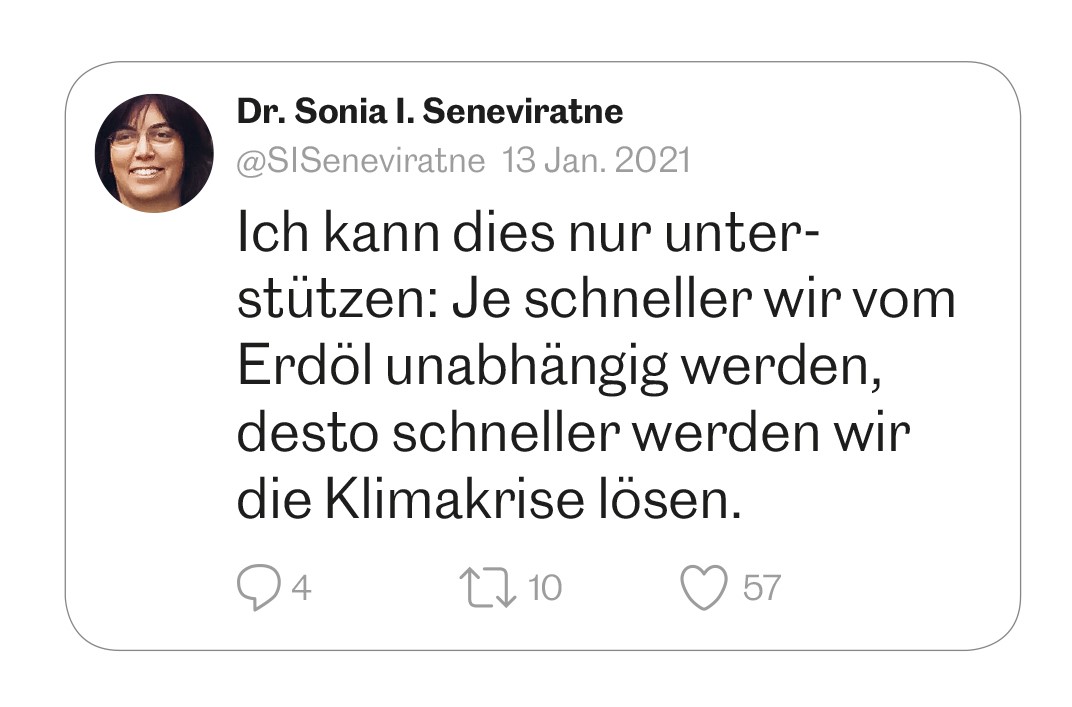
This is the crux of the matter: Do these tweets from the academy actually reach the general public? Only some 10 percent of all Swiss people have a Twitter account, and most of them come from the media, politics or science.
Nevertheless, science topics can indeed sometimes reach a broader circle of people through Twitter – such as when they are taken up by people in the media. Monika Bütler is an economist at the University of St. Gallen, and she has experience of this. Together with two colleagues, she runs a blog on Swiss economic policy, and she uses Twitter to publicise new blog entries. “There have been times when almost a third of our blog entries have been taken up by the media”, says Bütler. But the amount of interest generated depends on the topicality of the issue, she adds.

Offensive comments
Once researchers have established themselves among the Twitterati, however, problems can arise if they’re misunderstood. That’s what happened to Angela Bearth, a psychologist at ETH Zurich, who regularly tweets about research results on consumer behaviour. She was engaged in a study of irrational worries about chemicals, and a tweet she sent out about it was retweeted and gained a lot of attention. She initially received constructive criticism from fellow scientists. But then several chemists and toxicologists misinterpreted her study by assuming that she considered people who are scared of chemicals as simply “too stupid”.
Bearth says she tried to correct this, but this misrepresentation of her work still earned her several angry responses. People claimed she was being paid by the chemical industry and had been tasked with getting the general population accustomed to consuming poisonous chemicals. “It’s nice when people read our work, but back then I also realised that some people will make of our results whatever they want”. In such a case, discussing things or offering further comments just doesn’t help much.
Most researchers can also tell of their experiences with improper comments, but often they simply ignore them. In some rare cases, however, such comments can be downright offensive. Monika Bütler in St. Gallen also has experience of this. At the beginning of the pandemic, she made comments about the efficacy of the measures being taken against it, including compulsory mask wearing, and these tweets were taken up by the media. She was then accused in assorted comments of denying the psychological consequences of the measures to contain the pandemic. “For example, one bunch of people kept describing me as a suicide-denier”, she says. “I began blocking the accounts of those people who were engaging in repeated personal attacks”.
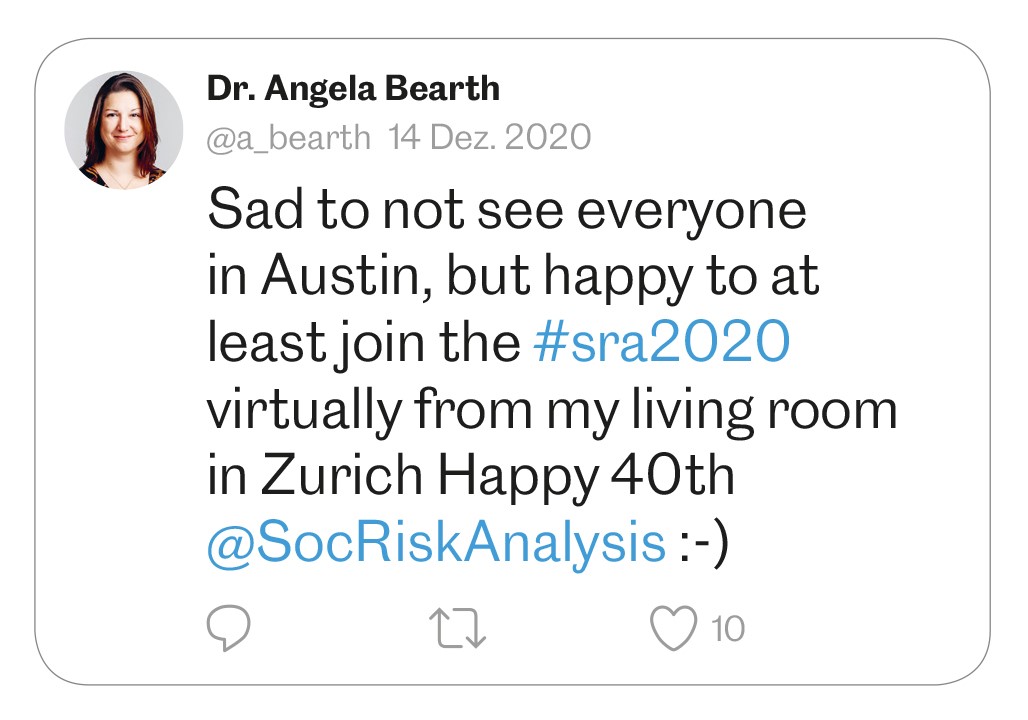
There are specific topics that trigger such attacks more often than others, says Silke Fürst of the University of Zurich, who is researching into the public communication strategies of universities. “One example is gender research”. Besides blocking and muting others, and formulating tweets and responses more carefully, it can also help if other researchers get involved in a debate and bolster the person being attacked”, says Fürst.
The networking that’s possible on Twitter has its dark side, but it’s overall to the benefit of scientific dialogue and in the interests of science communication if it can help to bring more research to the broader attention of society.

